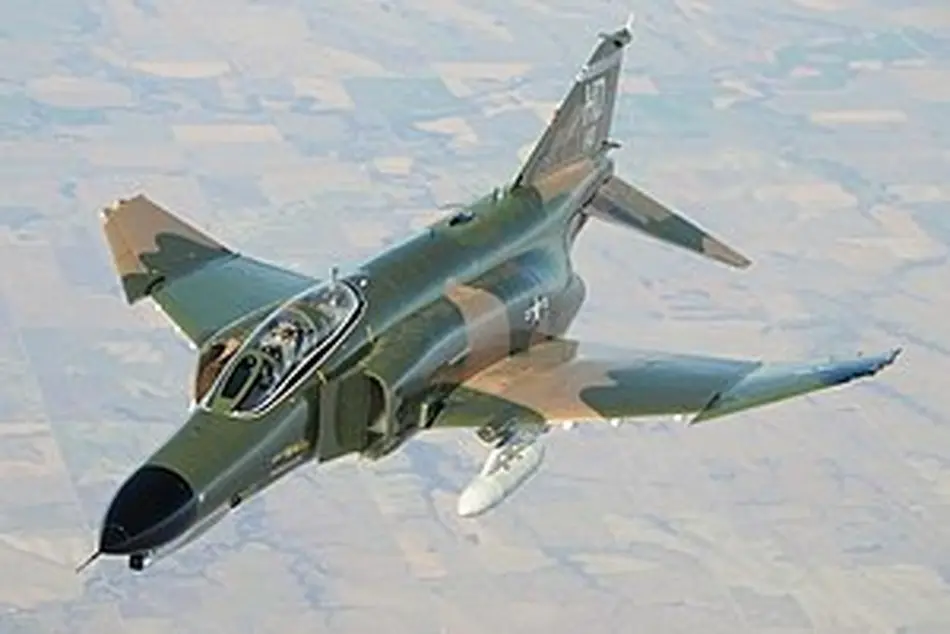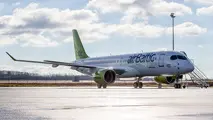AirBaltic To Wet Lease More Aircraft Due To GTF Issues, CEO Says
AirBaltic plans to make use of up to five wet-leased aircraft over the winter season due to ongoing groundings linked to the Pratt & Whitney geared turbofan (GTF) engines that power its Airbus A220 fleet.

AirBaltic plans to make use of up to five wet-leased aircraft over the winter season due to ongoing groundings linked to the Pratt & Whitney geared turbofan (GTF) engines that power its Airbus A220 fleet.
Only one aircraft had to be wet-leased to support the Latvia-based carrier’s operations over the summer, CEO Martin Gauss said. But as it looks toward the winter schedule, the airline plans to have up to five aircraft because of an expected engine shortage.
However, Gauss said, “We had a better summer than expected. We had the longest time with no engine removals, which is showing that the engine is improving, but we knew that there would be an increase of missing engines due to the slots which we have for the repair. What we do now see is that we’re going to go into spring with a higher shortage of engines than we would like to. Unfortunately, we only get clarity six months into the future ... that makes it a bit difficult to secure wet lease-in or adjust your program. But overall, it’s much better today than it was.”
Referring to the airline’s overall fleet plans, following the conversion of its latest option for 10 additional A220-300s in August, Gauss said airBaltic should receive its 50th A220 in February 2025.
The carrier has an all-A220 fleet which it is steadily growing, but 2025 will be the year with the smallest number of aircraft deliveries expected in the coming years, Gauss said.
“When we exercised the options, we had a gap, but we have narrowed that gap,” Gauss said. “We announced about a month ago that we have ordered another 10 from our purchase and they are coming earlier than our initial plan.”
The airline expects to have 54 aircraft by the end of 2025, 66 by the end of 2026, 77 by the end of 2027 and its business plan states it should have 100 in 2029.
The airline has 10 options for aircraft outstanding but is not under pressure to exercise those, Gauss said. “No stress there at the moment,” he said. “We have 97 secured and our business plan says 100 so we would have to exercise only three to get to 100 and that could happen at a later stage.”
The airline is preparing for an IPO, which could come as early as the end of 2024 or in 2025, Gauss said, confirming that the airline is in “advanced talks” with a potential pre-IPO investor.
He declined to comment on media reports that those talks were with Lufthansa, with which airBaltic recently signed an expanded wet lease partnership. “The only detail we can give is that we are in advanced stages with a pre-IPO investor and that it is not private equity, not the state and not Coca-Cola,” Gauss said.
The airline is also hoping to have connectivity via SpaceX’s Starlink in place in its aircraft by the end of the year, pending EASA approval, Gauss said.
Referring to the recent summer peak season, Gauss said airBaltic had a good summer but, like other airlines, noticed pressure on yields.



